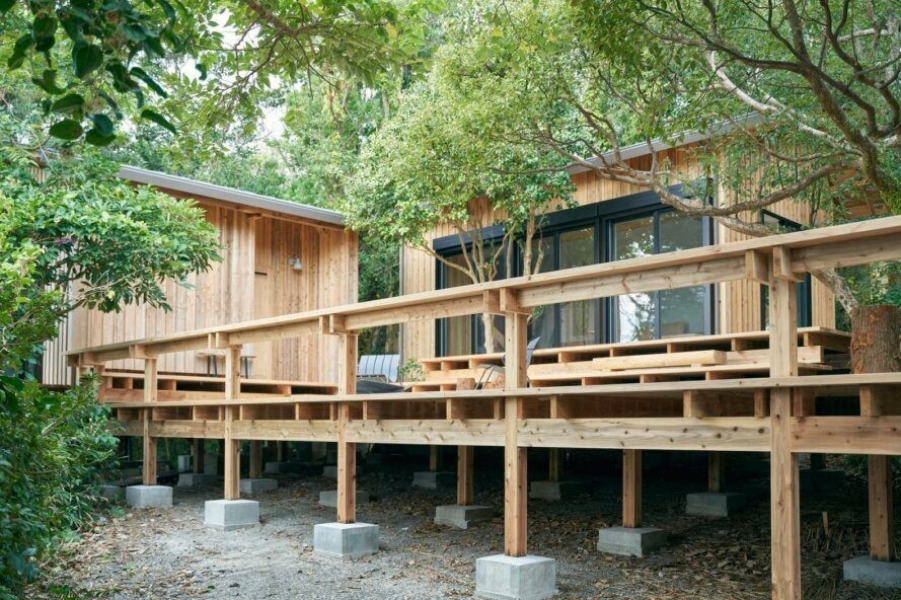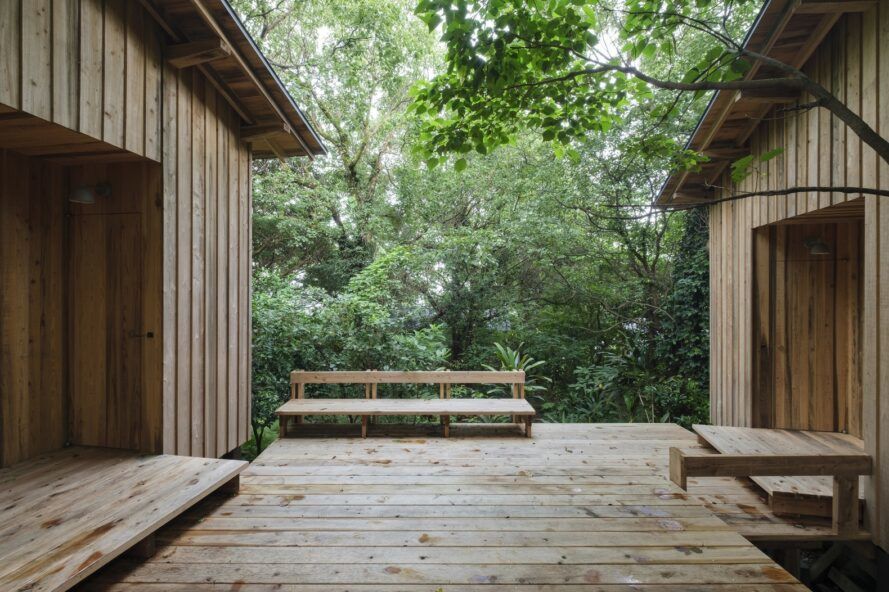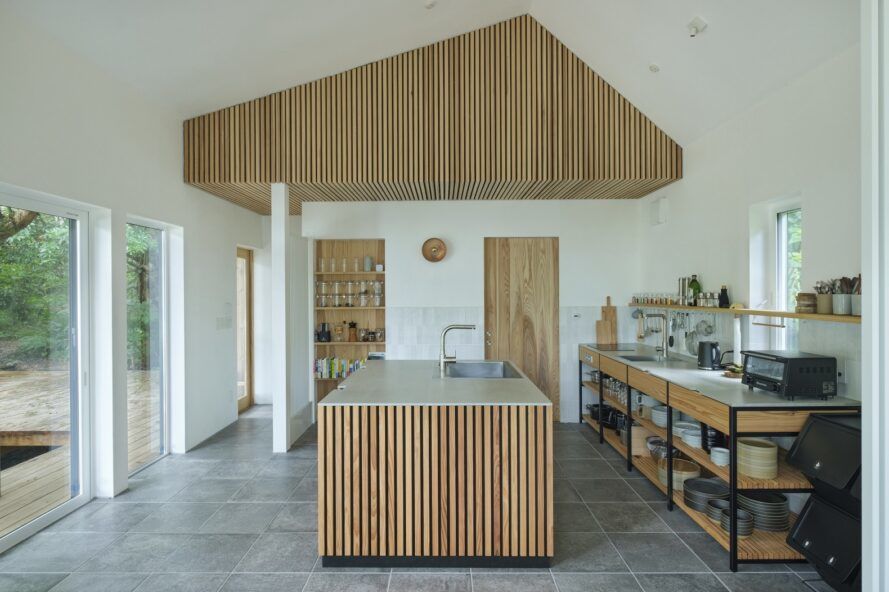 Photo: inhabitat.com / Courtesy of Tono, Inc
Photo: inhabitat.com / Courtesy of Tono, IncYou may have heard of regenerative agriculture, but architects on an island in southern Japan have taken that idea to new levels with regenerative architecture. It’s the idea that structures can be built in such a way that they support and enhance the surrounding environment.
Situated on Yakushima Island, the project is called Sumu, which means both “to live” and “to become clear,” representing the need to live in balance with nature. It’s surrounded by mountains and a river that runs into the nearby ocean. Inasmuch, the designers wanted to reflect nature in the build as much as possible. With this in mind, they started with wood from the locally-prevalent Japanese cedar trees, writes inhabitat.com.

PHOTO: TONO, INC / INHABITAT.COM
Although minimalist and traditional in design, the housing co-op, which is a partnership of eight owners, offers modern and innovative solutions for housing that gives back to the very soil that supports it. This is where the seed of regenerative architecture lies.
The underground environment facilitates the needs of mycelium, the very heart and brain of soil health. Mycelium is a communication network between tree roots below the surface. When properly nurtured, it filters the soil and releases nutrients back into the surrounding area. This reduces erosion, soil compacting and the stripping of essential nutrients. Designers achieved this by burying charred logs beneath the homes’ foundations. The additional carbon promotes the growth of mycelium. In return, the mycelium bolsters tree root growth under the buildings, adding additional support.
The buildings themselves were carefully placed to maximize the benefits of the nearby water and ongoing air flow. Buildings were designed around existing trees and are elevated for minimal site impact. They were oriented to take full advantage of the surrounding views to encourage a connection with nature. This idea is further enforced with outdoor walkways between sleeping cabins and the common areas.

PHOTO: INHABITAT.COM
The interior designs embrace simplicity in locally-sourced wood and plaster that mirror elements of the forest and coast. Moreover, Sumu is powered by renewable energy and is 100% off-grid. It’s equipped with solar power and relies on local firewood for heat. Green design elements highlight energy efficiency through a tight envelope and strong insulation.
Source: inhabitat.com
Photo: Tono, Inc / inhabitat.com